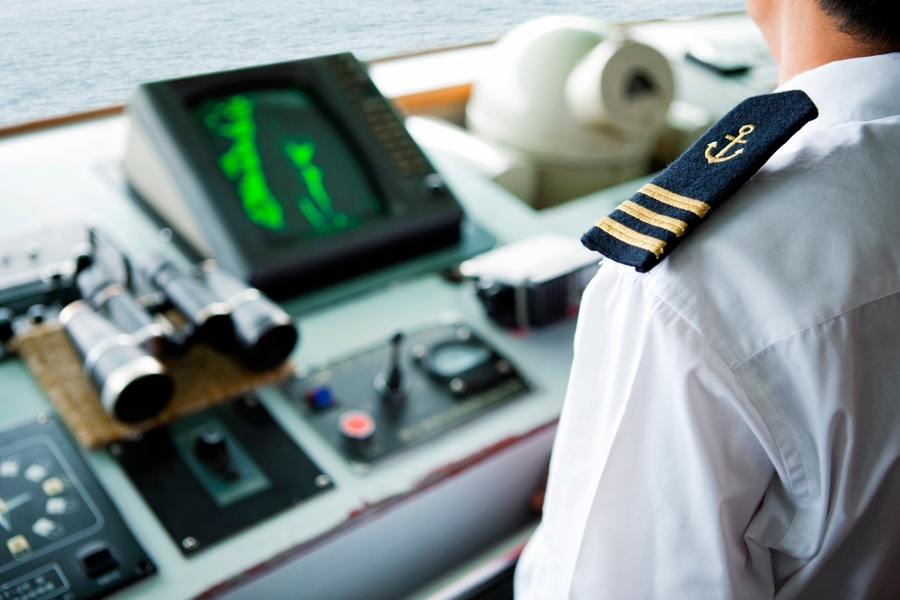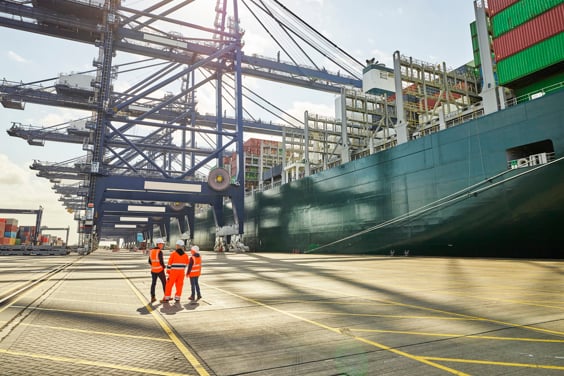
Designing for people puts the user at the centre of design thinking. Human Centred Design (HCD) approach applies Ergonomics to a wide range of ability and human limitations.
Maritime operations are complex and involving long and physically demanding working hours and high-pressure decision-making. Despite this, human factors integration plans are not mandatory in the maritime industry, leaving critical human-centred considerations unaddressed.
Implementing comprehensive human factors integration, including ergonomic design, user-centered interfaces, and realistic training scenarios, will significantly improve safety, efficiency, and crew well-being, leading to a more sustainable and resilient maritime industry.
Why LR
LR helps you increase safety and efficiency whilst reducing errors through a deeper understanding of the needs, limitations, and behaviours of the people using the many systems, processes, and technologies at sea.
Additionally, LR helps you address human element factors throughout the operational lifecycle for:
- Human Factors Integration
- Human Factors Engineering and Ergonomics
- Alarms Management
- Control Room Design
- Remote Operation Centre (ROC) Design
- Human Machine Interface (HMI) Assessment
- Safety Critical Task Analysis
- Usability Assessment
- New Technology Integration
- Automation
Example of work
LR applied human factors engineering and ergonomics to improve designs relating to:
- Vessel Bridge (e.g. navigation systems)
- Operational control rooms (e.g. engine/cargo, shoreside design layout)
- Deck, rig areas (e.g. cargo handling, capstan, muster locations)
- Routeways and interchanges
- Living and recreational quarters
- Front-of-house customer-points (e.g. information desks, disabled facilities, self-service equipment)
- Remote Operation Centres
- Emergency response, and co-location of operational teams
Our team of experts helped organisations build user interfaces that enhance safety and efficiency in remote operations and develop Remote Operation Centres to ensure compliance with ergonomics standards and guidelines.
The team also has experience in Alarms rationalisation reviews and recommendations on safety critical systems (e.g. using EEMUA 191).

 Human Centred Design / Ergonomics
Human Centred Design / Ergonomics








